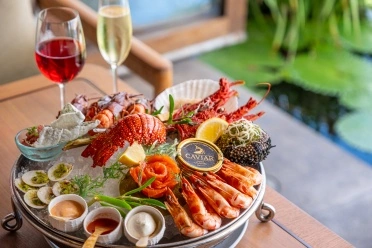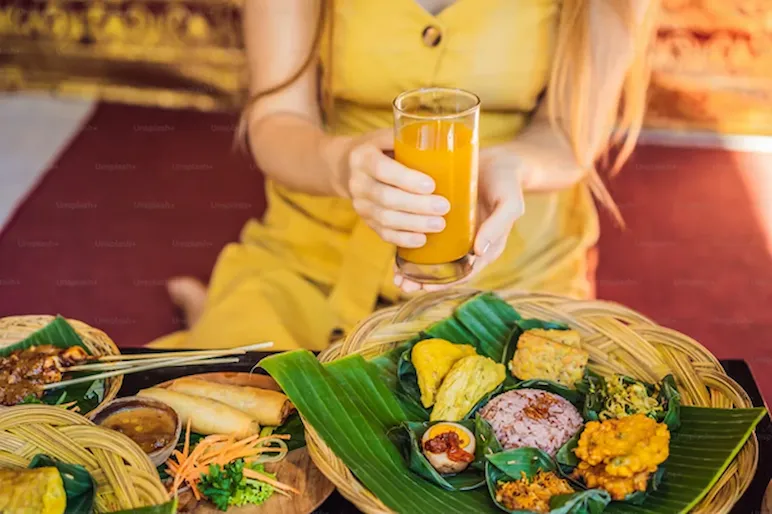Bali’s rich cultural heritage is stitched not just into its temples or rituals, but in something far softer, such as fabrics. Among the island’s treasured textiles, kain prada stands out. Not just for its unmistakable golden sheen or its historical links to nobility, but for the philosophy it carries.
While the name might instantly conjure images of Italian runways and Milanese couture, Bali’s kain prada tells a different story rooted in sacred art.
Gold for Kings, Cloth for Gods
The word prada originates from Sanskrit, meaning “a gift to a son.” In Old Javanese, however, it translates simply to “gold,” a nod to the lavish embellishment that defines this fabric. Long before synthetic pigments or golden foils, Balinese artisans once created kain prada with real gold. Fine sheets or powdered gold were meticulously applied using a mixture of egg white, linseed oil, and red clay. This is an elaborate process reserved for the highest social strata. It was cloth for kings, for rituals, for gods.
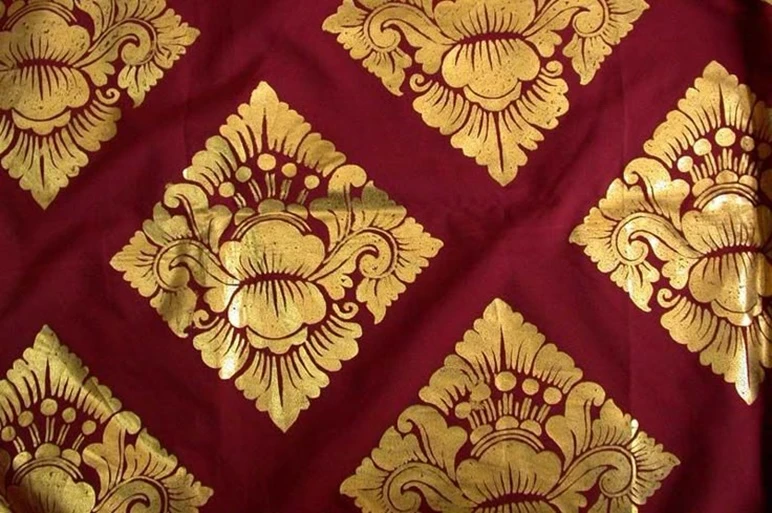
Royal families, especially in places like Puri Agung Karangasem, wore kain prada during coronations, weddings, and temple ceremonies. These garments weren’t simply displays of opulence. They were emblems of divine connection and spiritual authority. In this way, kain prada served a purpose far beyond decoration. It was a textile of transformation, wrapping its wearer in both physical luxury and metaphysical meaning.
From Sacred Technique to Living Tradition
As access to gold diminished, artisans adapted. Bubuk prada, a golden powder that mimics the luster of precious metal, became the new standard. Today’s makers, many still based in Klungkung’s Satria District, mix this powder into paste and apply it with canting tools, following intricate sketches of flora, fauna, and ancient Balinese motifs. Lotus flowers, mythical birds, climbing vines, and sacred symbols like the 'swastika' (ancient emblem of balance) still dominate the patterns.
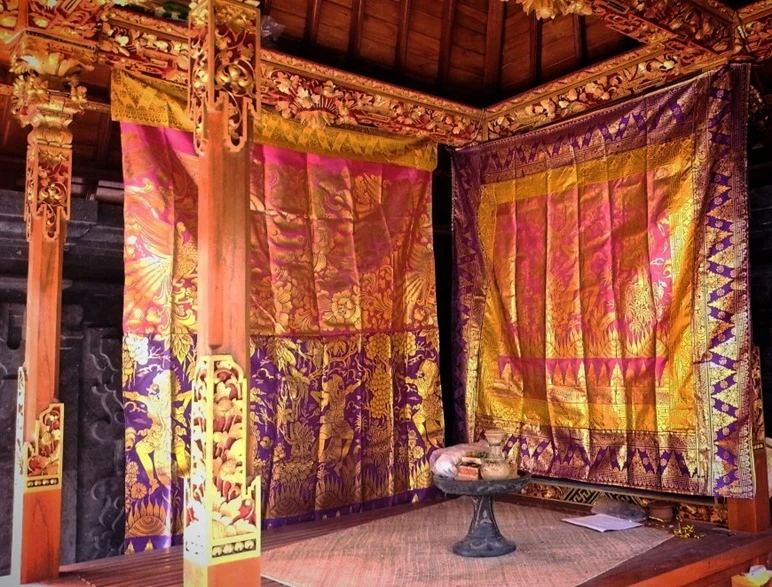
The method of application has also shifted. While once crafted using foil and glue, modern kain prada often employs silk-screen printing. Interestingly, unlike most traditional Balinese textiles, this particular craft is practiced exclusively by men, a detail that underscores its uniqueness in local artisan culture.
Ceremonial and More
Although the motifs have stayed relatively unchanged, kain prada has evolved in function. It is now widely used to adorn temple shrines, ceremonial umbrellas, dance costumes, and even decorative architectural elements. During major festivals such as Galungan and Kuningan, the fabric takes center stage in sacred spaces, reaffirming its role in the spiritual life of the Balinese people.
In everyday use, kain prada has also found a home in modern ceremonies. Brides, dancers, and devotees alike wear it with pride, each thread connecting them to a long lineage of ritual, beauty, and belief.
Prada Meets Prada
What makes kain prada particularly fascinating in today’s global conversation is its coincidental name match with the Italian luxury house 'Prada'. While entirely unrelated in origin, both share an obsession with refined craftsmanship and timeless design. Milan’s Prada speaks to a world of haute couture. Bali’s prada speaks to the divine. Yet they are both languages of legacy; one material, the other spiritual. One built for seasonal trends, the other built to last for generations.
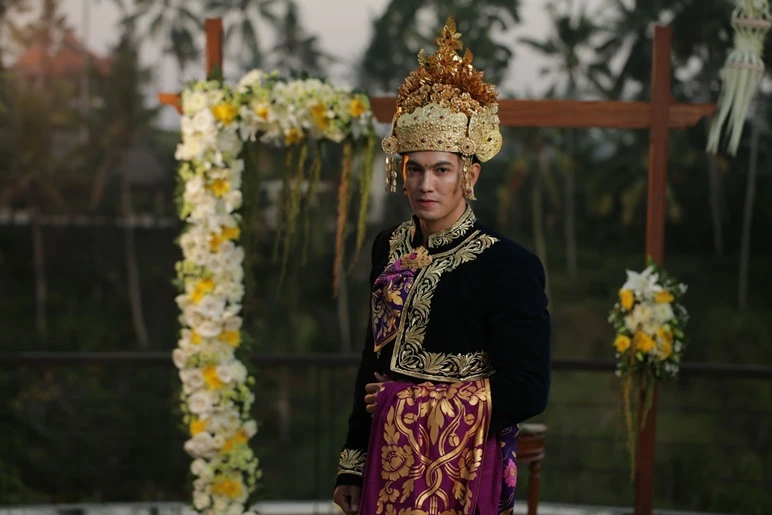
In a world that moves fast and forgets easily, kain prada holds its ground. Its beauty isn't just in the shimmer of gold but in the stories, rituals, and generations it carries. More than just fabric, it is a piece of Bali's soul, preserved, passed on, and proudly worn.



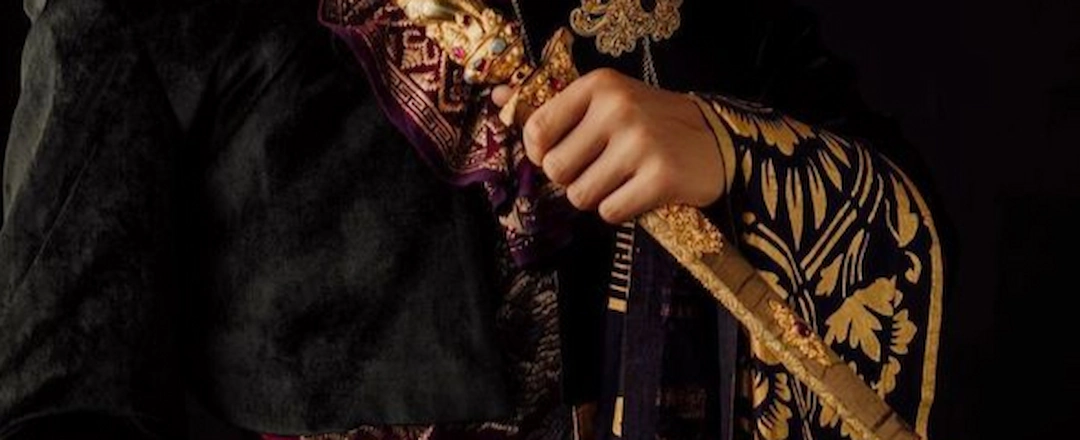
 Billy Bagus
Billy Bagus
 Jul 29, 2025
Jul 29, 2025


